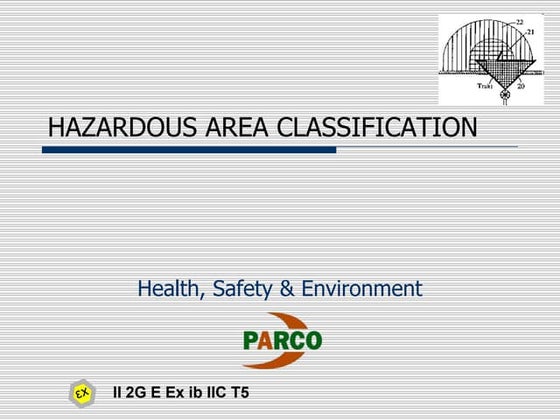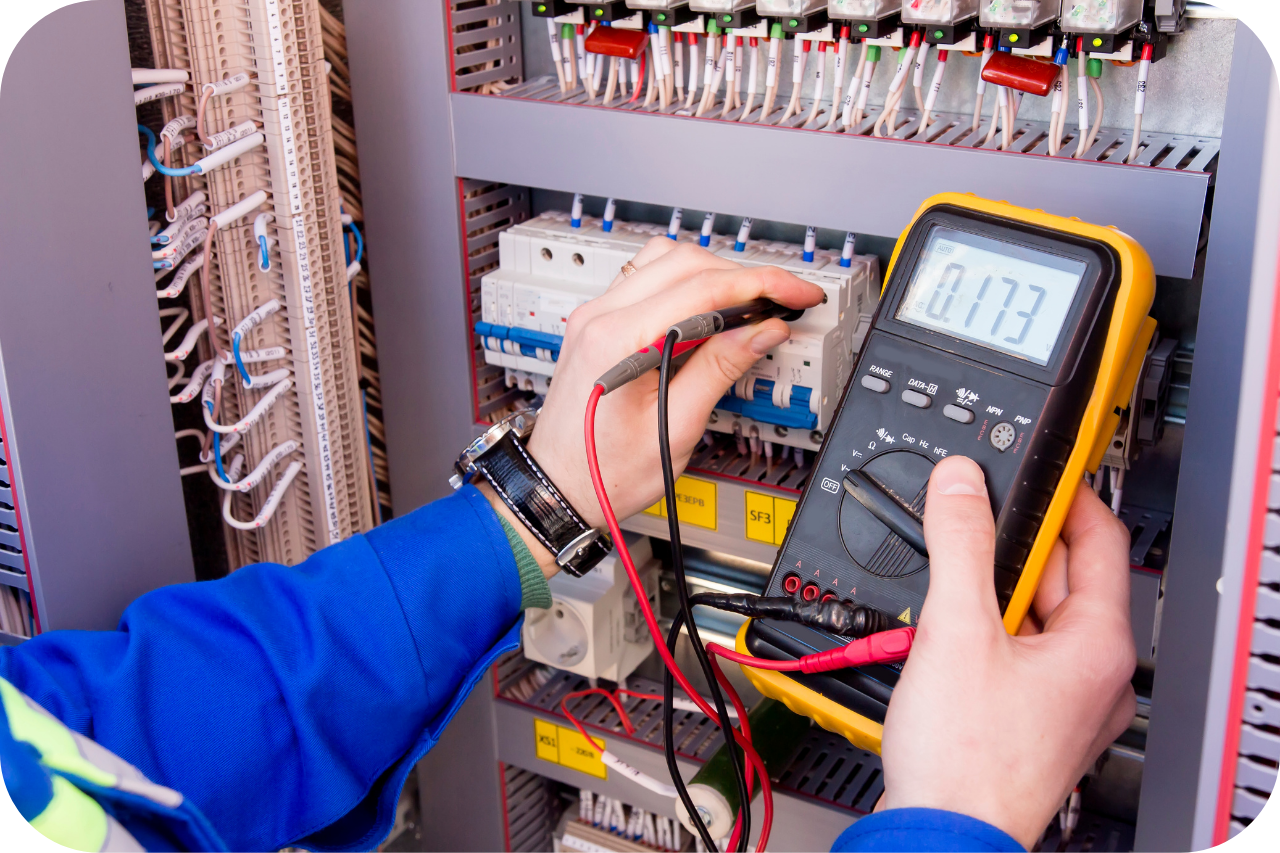Examine This Report on Roar Solutions
Table of ContentsRoar Solutions Can Be Fun For AnyoneExcitement About Roar SolutionsRoar Solutions for Beginners
In such an atmosphere a fire or explosion is possible when 3 basic problems are satisfied. This is usually referred to as the "hazardous area" or "burning" triangular. In order to safeguard installations from a prospective surge a method of analysing and identifying a potentially hazardous area is called for. The function of this is to make certain the right selection and setup of devices to eventually avoid an explosion and to guarantee security of life.

No tools needs to be mounted where the surface area temperature of the equipment is more than the ignition temperature of the provided threat. Below are some typical dirt dangerous and their minimum ignition temperature level. Coal Dirt 380C 225C Polythene 420C (thaws) Methyl Cellulose 420C 320C Starch 460C 435C Flour 490C 340C Sugar 490C 460C Grain Dust 510C 300C Phenolic Material 530C > 450C Aluminium 590C > 450C PVC 700C > 450C Soot 810C 570C The chance of the threat being existing in a focus high enough to cause an ignition will differ from location to area.
In order to classify this threat an installation is divided right into areas of threat depending upon the amount of time the harmful exists. These locations are described as Areas. For gases and vapours and dirts and fibres there are three areas. Zone 0 Zone 20 A dangerous ambience is extremely likely to be existing and might exist for long durations of time (> 1000 hours each year) and even constantly Area 1 Area 21 A hazardous environment is feasible however unlikely to be existing for extended periods of time (> 10 450 C [842 F] A classification of T6 means the minimum ignition temperature is > 85 C [185 F] Unsafe area electric tools maybe created for use in higher ambient temperatures. This would suggested on the ranking plate e.g. EExe II C T3 Ta + 60C( This indicates at 60C ambient T3 will certainly not be exceeded) T1 T1, T2, T3, T4, T5, T6 T2 T2, T3, T4, T5, T6 T3 T3, T4, T5, T6 T4 T4, T5, T6 T5 T5, T6 T6 T6 A T Class ranking of T1 means the optimum surface area temperature generated by the tool at 40 C is 450 C. Thinking the associated T Course and Temperature rating for the tools are ideal for the area, you can always utilize an instrument with a more stringent Department rating than needed for the location. There isn't a clear solution to this inquiry. It truly does depend upon the kind of tools and what repair services need to be performed. Equipment with details examination procedures that can't be executed in the area in order to achieve/maintain 3rd party score. Have to return to the manufacturing facility if it is prior to the equipment's service. Area Repair Service By Authorised Personnel: Challenging screening might not be called for however certain treatments may require to be complied with in order for the equipment to maintain its 3rd party score. Authorised employees have to be used to perform the work properly Repair have to be a like for like replacement. New element have to be considered as a direct replacement needing no unique screening of the tools after the repair service is full. Each tool with a harmful ranking must be evaluated separately. These are detailed at a high level listed below, however for more comprehensive details, please YOURURL.com refer directly to the standards.
What Does Roar Solutions Mean?
The equipment register is an extensive database of tools records that includes a minimum collection of areas to identify each thing's area, technological criteria, Ex-spouse classification, age, and ecological data. The proportion of Thorough to Shut inspections will certainly be established by the Tools Risk, which is analyzed based on ignition risk (the likelihood of a resource of ignition versus the chance of a flammable atmosphere )and the hazardous location category
( Zone 0, 1, or 2). Executing a robust Risk-Based Assessment( RBI )approach is important for making certain conformity and safety in managing Electric Equipment in Hazardous Areas( EEHA).
What Does Roar Solutions Mean?

In terms of explosive danger, a hazardous area is a setting in which an eruptive ambience is present (or may be expected to be existing) in quantities that need special preventative measures for the building and construction, installment and use tools. hazardous area course. In this short article we check out the difficulties faced in the workplace, the danger control actions, and the needed proficiencies to work safely
These substances can, in certain problems, develop eruptive environments and these can have major and terrible consequences. Many of us are familiar with the fire triangle remove any type of one of the 3 aspects and the fire can not occur, yet what does this mean in the context of dangerous areas?
In many instances, we can do little about the degrees of oxygen in the air, however we can have considerable impact on sources of ignition, for instance electric equipment. Harmful areas are documented on the unsafe area category drawing and are determined on-site by the triangular "EX-SPOUSE" indicator. Below, among other essential info, zones are split into three types relying on the threat, the likelihood and duration that an explosive ambience will certainly exist; Area 0 or 20 is considered one of the most hazardous and Area 2 or 22 is deemed the least.
Comments on “A Biased View of Roar Solutions”